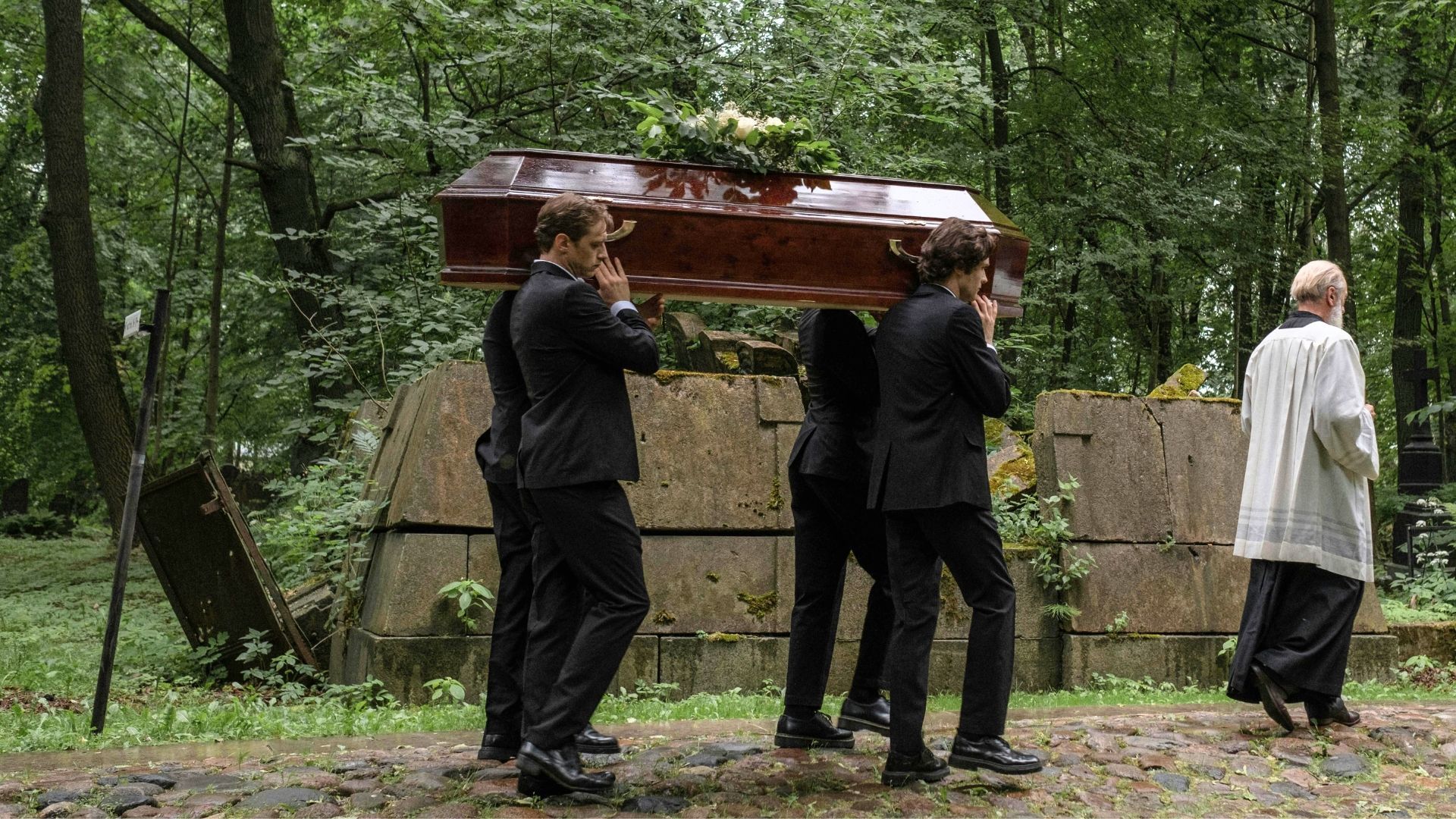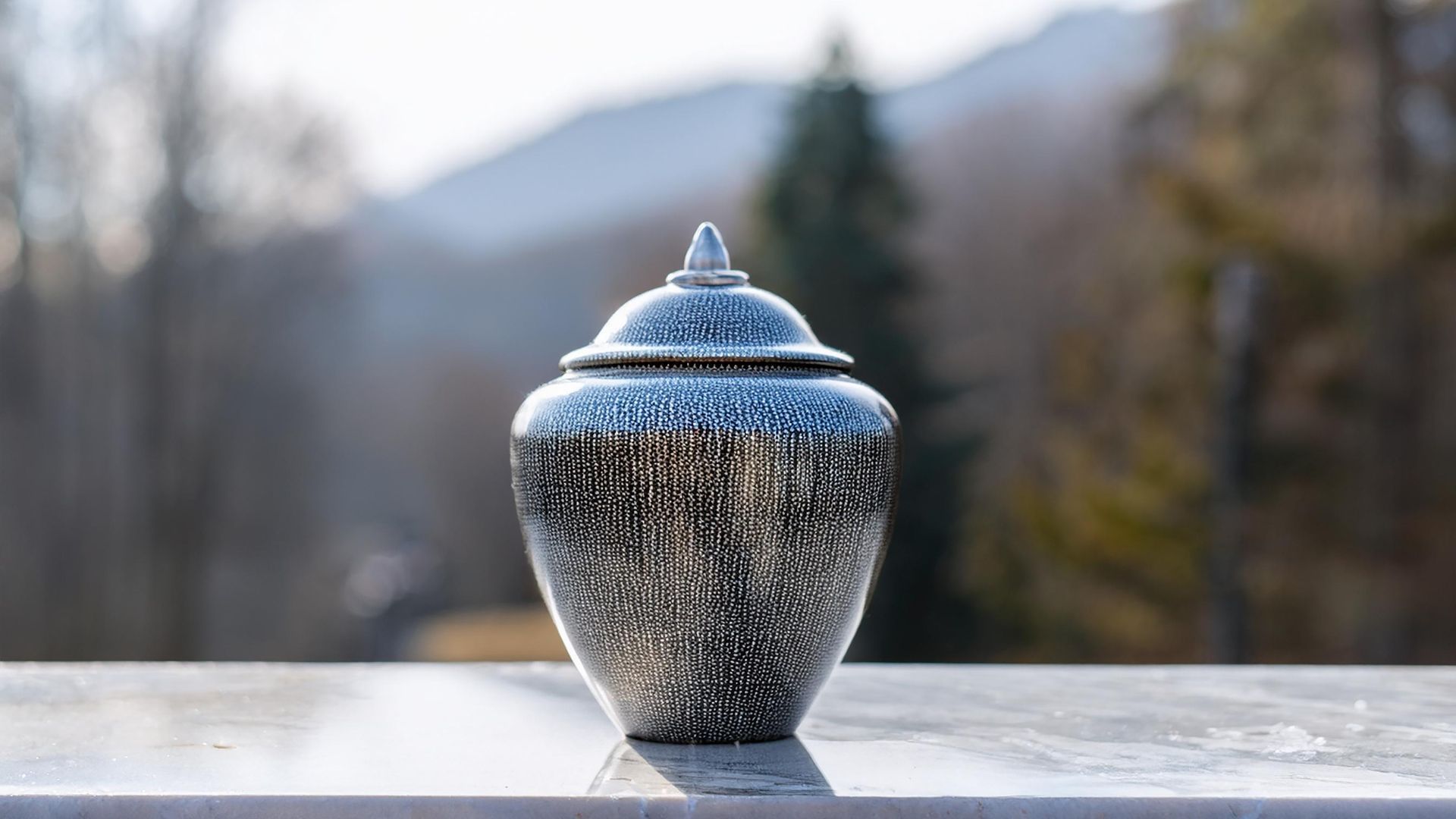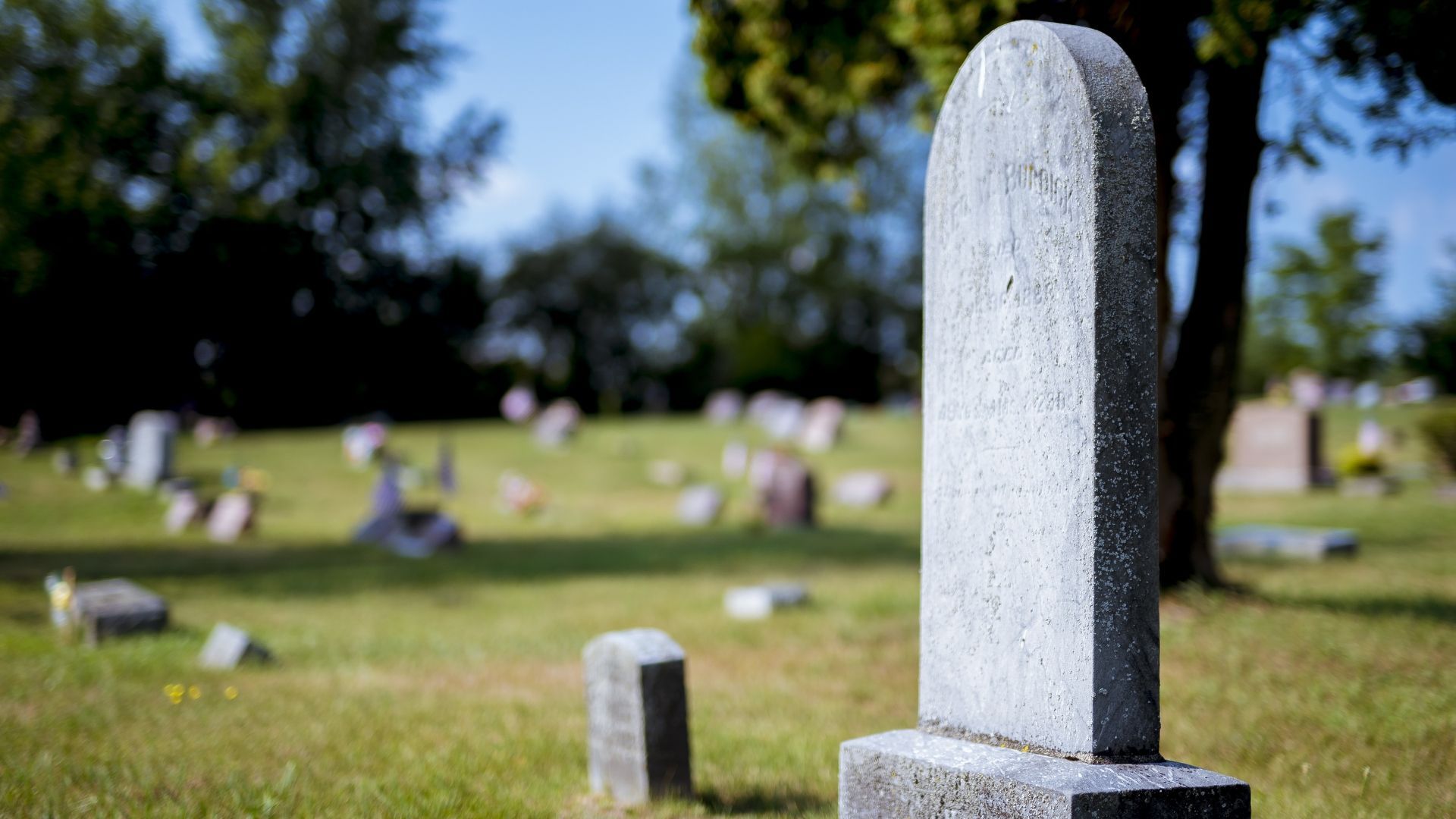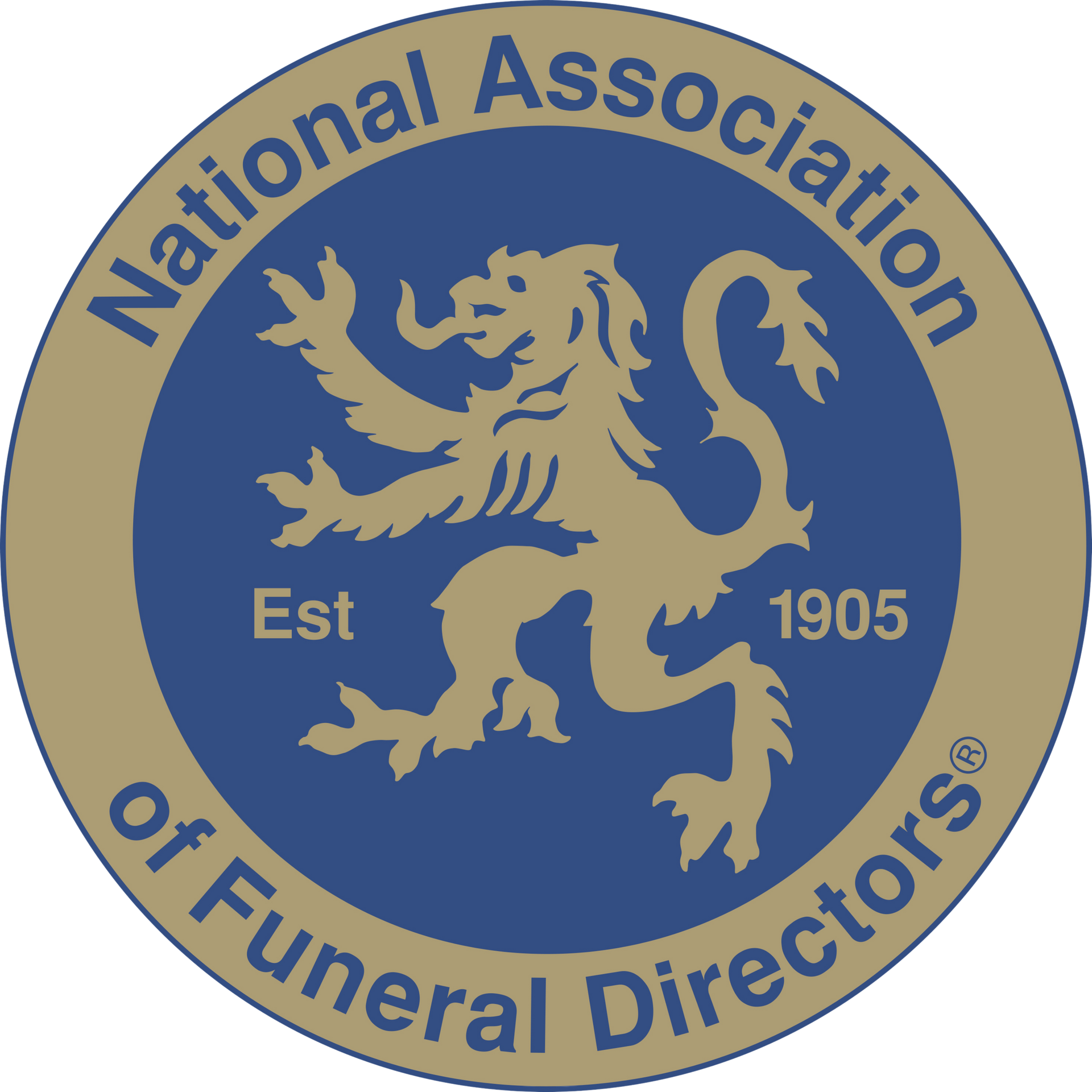How to be a pallbearer at a funeral
What are the roles and responsibilities of pallbearers at British funerals? Get the answers in our guide.

A pallbearer is one of the people tasked with carrying the coffin during the funeral.
Getting asked to be a pallbearer is often considered to be an honour. It shows you were important to the person who died.
With this honour can come a sense of responsibility. Sometimes, people feel unsure how to act and what to do in their role as pallbearers.
In this article, we look at some of the common questions surrounding the role of pallbearers at funerals in the UK.
What do pallbearers do?
A pallbearer's main task is to carry the coffin from the hearse to its place of rest, be that a grave or a cremation service. They either carry the casket on their shoulders or alongside a wheeled bier (a frame for the coffin).
There are usually four to six pallbearers, depending on the size of the coffin. Sometimes, honorary pallbearers walk alongside the procession but don't help carry the coffin.
More often than not, pallbearers are chosen from the close family, friends and colleagues of the person who died. In traditional UK funerals, pallbearers were exclusively male, but today, there are fewer gender restrictions. The main consideration is whether the pallbearer is up to the physical challenge of helping to carry the coffin.
The pallbearers will often have to arrive early at the funeral home. There, they receive instructions from the funeral director. These will vary from place to place but will include instructions on how to carry the casket, where to walk and where they should stand in relation to one another.
In almost all cases, pallbearers are expected to walk slowly and steadily in respectful silence. If the person who died or their family has other expectations, these should be communicated to you before you carry the coffin.
If you're a pallbearer and are unsure of your role, make sure to ask the funeral director. This will help make the transport of the coffin run smoothly and reduce your own stress or anxiety.

Pallbearers often travel in a car or limousine behind the hearse on its way to the cemetery or crematorium.
What should you wear?
Traditionally, pallbearers wear smart, sombre clothes. If you're unsure about what to wear, make sure you ask the family, funeral director or religious leader for guidance.
Can a pallbearer wear sunglasses?
Some people like to wear sunglasses to a funeral. This is sometimes to protect their eyes against the sun and sometimes to conceal their emotions.
There are no hard and fast rules about what to wear and what not to wear at funerals. It depends on the person who died, the family's wishes and the guidance of the funeral director, religious leader or other professional. If in doubt, ask.
Can a pallbearer wear jeans?
The same applies to the question of whether a pallbearer can wear jeans. Most of the time, jeans are considered too informal for a funeral. Sometimes, however, informal attire is requested by the person who died or their family.
Can a pallbearer wear a military uniform?
This depends on the wishes of the family and any wishes expressed by the person who died. If you're unsure whether wearing a military uniform would be appropriate, check with the people most closely involved in arranging the funeral.
Who can be a pallbearer?
Anyone can be asked to be a pallbearer. Some communities and faiths, however, are specific about who can take on the role. In Hindu ceremonies, for instance, the coffin is usually accompanied by the eldest male in the family.
Where does the word 'pallbearer' come from?
Pallbearers have been around for centuries in cultures across the world. The English word itself, however, was first recorded in 1707.
It comes from the word 'pall', meaning 'a cloth spread over a coffin'. Originally, a pallbearer would hold or 'bear' the corners of the pall. Over time, the role changed, and pallbearers carried the coffin itself – not just the pall.

Is a coffin the same as a casket?
When reading about funerals, pallbearers and related topics, you will come across the words 'coffin' and 'casket'. Both are used to transport the person who died at a funeral ceremony. Is there any other difference?
The answer lies in the shape of the two objects. Coffins taper towards the bottom, whereas caskets are rectangular.
Are pallbearers involved in open-casket funerals?
At an open-casket funeral, the person who died is on display in an open casket. Loved ones get to say goodbye 'in person' or face to face.
If you arrange an open-casket funeral, the funeral home is responsible for setting up the coffin. This means pallbearers aren't needed to transport the casket from the hearse to the venue.
Sometimes, however, pallbearers are asked to carry the casket from the funeral service to the burial plot once the casket has been sealed.
Are pallbearers present at memorial services?
The pallbearer's role is to help transport the coffin. The body of the person who died isn't present at most memorial services, meaning pallbearers aren't required.
How many pallbearers should there be?
Traditionally, six to eight people carry the coffin or casket. The exact number depends on the type of coffin or casket. Some have three handles on either side. Others have these plus a handle at either end.
Sometimes, the family will arrange for honorary pallbearers to walk alongside the coffin but not carry it. There can be any number of honorary pallbearers. They are often people who were close to the person who died but who are physically unable to lift the coffin.
Akshardham Funeral Directors is an independent funeral home based in London. Are you planning a funeral service for a loved one? Get step-by-step advice in our guide on
how to arrange a funeral.








